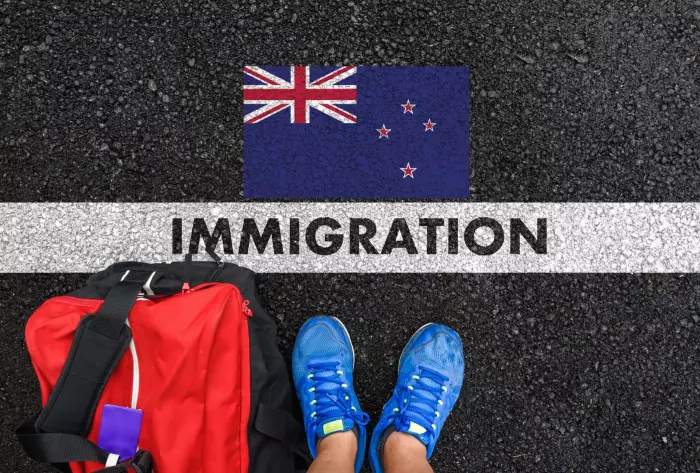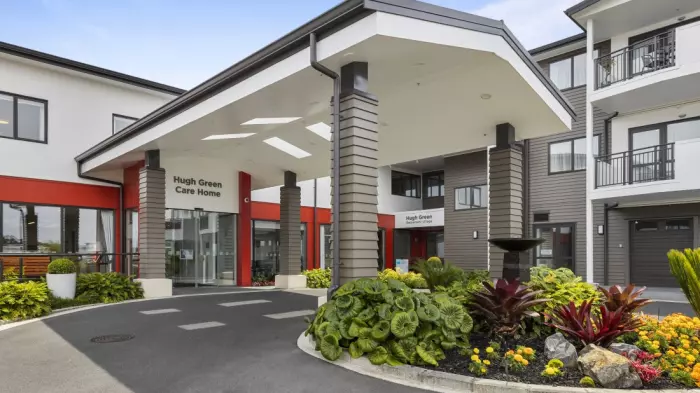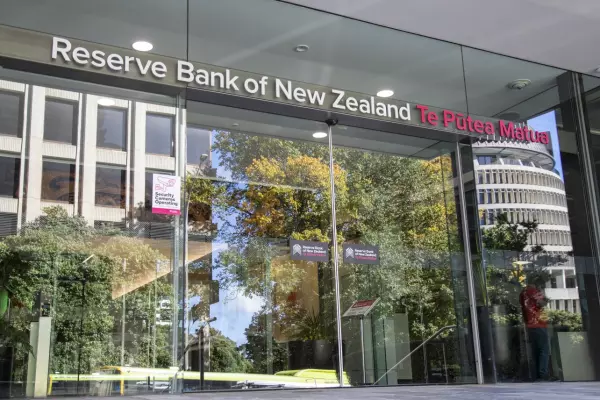When Aotearoa New Zealand opened up its borders, after two years of travel restrictions, people across Immigration NZ (INZ) shared the excitement and anticipation of reconnecting with friends and whānau.
During the covid-19 response, our Immigration staff focused on supporting individual border exceptions, visa expiry extensions, and 2021 Resident Visa applications, for the over 200,000 people who were in NZ on Sept 29, 2021, and met residence or work requirements.
I started at Immigration NZ just over a year ago, while the borders were closed, and shortly before Kabul fell.
The cross-agency operation to resettle more than 1,700 Afghan nationals, followed by the reopening of the border and subsequent return of high volumes of visa processing has been a sharp learning curve.
Significant demand
The scale of resuming Immigration’s operations to prepare for the border reopening has been immense. Our teams quickly pivoted to processing normal visas, and some visa processes were moved onto our enhanced Immigration Online platform.
As we’ve since found out, significant demand had been building up to visit NZ, which meant that staff, including many newer recruits, had to swiftly come up to speed with processing high volumes of visa applications and using newer systems.
This is to put the challenge in perspective and not to make excuses.
Our performance in some visa categories is not yet where I’d like it to be, especially around visitor visa processing rates, where some of the work was previously done in offshore offices that we had to close at the start of the pandemic.
It's true that Immigration NZ has about 34,000 visitor visa applications to process.
We receive between 6,000 and 9,000 applications a week and we will always have a steady stream to work through.
In the case of these visas, our aim is to meet a processing target of 20 working days for straightforward applications.
Since Aug 1, we’ve processed almost 80,000 visitor visas. About 10,000 applications have taken longer than 20 working days and that’s often due to complexities or the need for further checks.
We have allocated more people to work through these as quickly as possible.
Customer experience
Immigration NZ is committed to improving the experience of our customers.
We know we’ve got people depending on us to travel to NZ, and we must balance their needs with our role and responsibility to carry out checks that New Zealanders expect of us.
To improve customer experience and visa processing, the Ministry of Business, Innovation and Employment (MBIE) stood up a Reconnecting NZ Incident Management Team (IMT) in late August.
The IMT model is regularly used by MBIE and it has helped to introduce temporary ways for Immigration NZ to streamline visa processing to get decisions made faster, and this helped us to improve overall processing volumes and ensure we focus on those areas requiring more effort by reallocating our people.
As part of the team's work, it has looked at why older visitor visa applications from August were taking longer to progress.
It was during this process that it identified the unexpectedly high demand for Parent and Grandparent Visas, a type of visa that usually requires medical information and sponsorship.
It also found the issue – that our customers were inadvertently directed by the system to apply for a Parent and Grandparent Visa when, for most, a General Visitor Visa would’ve been more suitable with fewer requirements and a faster decision.
This was an error on our side, and we fixed it as quickly as we could, and for affected customers, we’ve made a one-off change to enable Immigration NZ to process their applications faster and if granted a visa, successful applicants can travel to NZ soon.
Smooth the transition
As Aotearoa NZ reopened to the world, our immigration settings were different.
We’ve been working to smooth the transition to the new Accredited Employer Work Visa (AEWV) policy. Applications are open for all components of the AEWV – employer accreditation, job checks and work visas.
For employers with urgent vacancies to fill who need to ask about the progress of applicants’ work visas, I’d encourage them to use the Employment Visa Escalation process.
This month, the Skilled Migrant Category restarted. It’s a key residence category based on skills and employment.
As expected, some of these customers already have applications in for the 2021 Resident Visa, but there was still strong interest for the first selection, and we quickly extended the closing date for expressions of interest to accommodate the extra demand.
We’ve also recently resumed selections under the Parent Category, and we hope this provides reassurance to people who’ve been waiting for some time for the opportunity to sponsor parents for residence in NZ.
Our staff are working hard on these final reopened categories, and we have teams ready to progress these applications.
By the numbers
Put simply, Immigration NZ understands our role is crucial. Our focus continues to be on getting applications decided as fast and as fairly as we can for travellers, students and workers.
To put into perspective the number of customers Immigration NZ is supporting since August, we’ve:
- Processed more than 37,500 working holiday visas.
- Accredited 14,200 employers.
- Approved over 14,600 job checks – covering almost 85,000 positions.
- Over half a million visitors have applied for and received an Electronic Travel Authority.
- Approved over 14,100 student visas.
- We are on track to process five years' worth of normal residence applications – more than 200,000 visas – in 18 months through the 2021 Resident Visa.
We enjoy working with stakeholders in the immigration system and to do this, we continue building strong relationships.
My team and I frequently talk to focus groups and sector representatives to hear their experiences and ensure we are working to meet the needs of migrants, employers and the business community as well as licensed advisers and community leaders.
As we start to see increased arrival numbers at our ports and airports, I want to take the opportunity to thank our teams across Immigration and MBIE for their mahi – whether it’s on the phone lines, in a processing branch or at the border.
I am also grateful to a range of business and community stakeholders who are helping us improve.
I know there is more work to do to process visas at the speed employers, customers and stakeholders expect, and we’re working hard to get it right.










